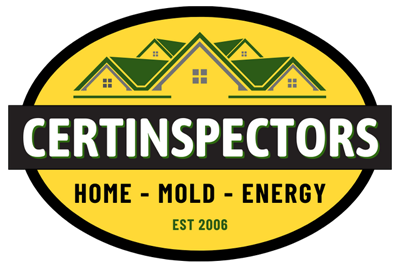Identifying Your Home’s Weaknesses
Schedule an energy audit with a certified home energy auditor. An energy auditor uses specialized equipment, such as an infrared camera, to pinpoint where your home is losing energy. He or she can identify air leaks throughout the structure and places where insulation is inadequate. The windows and doors will be evaluated for air tightness.
A home energy audit also includes a test of the HVAC system and ventilation. At the end of the audit, you’ll receive a report that details the findings, which gives you a roadmap to follow to make energy efficiency improvements.
Home Sealing Energy Efficiency Improvements
Small leaks around windows and narrow cracks are easy to seal with acrylic caulk. Expanding foam works well for sealing larger gaps or holes, especially around dryer vents and areas where cables or wires enter the home. You may find gaps around the chimney or flue for the furnace or gas water heater. Choose heat-resistant caulk or foam for these areas or place a metal flashing around them first if the gaps are large.
Weather stripping products are available at home centers for sealing doors and windows. It will be easier and more effective if you use the same material as the replacement instead of choosing a different type.
Stop airflow at the bases of exterior doors by installing a door sweep or using draft blockers. Chimney pillows will prevent air from escaping up the chimney when the fireplace isn’t in use. Be sure the dryer vent flap closes tightly when the dryer isn’t running. An HVAC contractor can seal the air ducts using permanent tapes and adhesives.
Adding Insulation
Increasing the level of insulation in the attic is one of the most durable and effective energy efficiency improvements you can make. Skilled do-it-yourselfers can install insulation fairly easily, but if you lack the experience or equipment, find a local specialty contractor to do the job. Since they purchase their materials wholesale, it may not cost that much more than doing it yourself.
Insulation products can be mixed and matched. You can use foam alongside fiberglass or cellulose, or lay batts or loose insulation. The most important factor with insulation is to eliminate the air leaks between the attic and the ceiling and to leave the attic vents open.
Sealing air leaks and increasing attic insulation are two of the most effective home energy efficiency projects. Both last a long time and result in immediate improvements to home comfort and lower energy bills.
Certinspectors offers home energy audits and other home and energy inspection services to the Hudson Valley in New York. Contact us to schedule an appointment.
